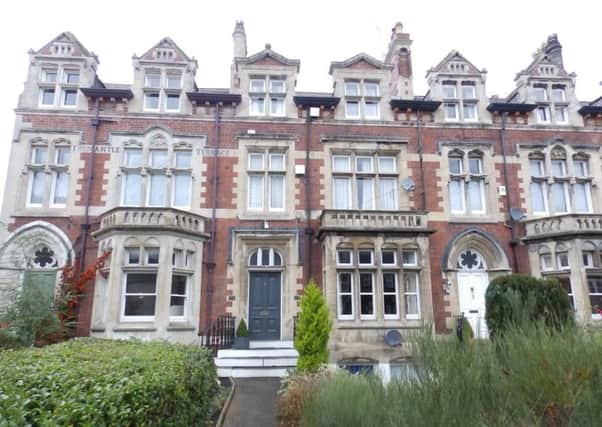Stamp duty rise bites but buy-to-let still booms


Yorkshire’s love affair with residential property investment shows no signs of abating despite a three per cent hike in stamp duty.
The new surcharge on extra homes, including rental and holiday property, came into force on April 1 this year and was predicted to dampen enthusiasm for buy-to-let. But research by Linley and Simpson shows that demand in the region is rising. The sales and letting agency, which has 11 branches across North and West Yorkshire, sold three times as many properties to investors in April compared to March. A similar story is being played out this month and more than 100 new investors have registered with the agency over the past seven weeks.
Advertisement
Hide AdAdvertisement
Hide AdLinley and Simpson launched a specialist buy-to-let department last year to meet growing demand from established landlords and novice property investors.
“Our figures would suggest that Yorkshire is bucking a trend, witnessed more in London and the south, which suggests that investors are deserting the market. Some agents in the capital have reported a 55 per cent fall in second home sales in April,” says Emily Wilkinson, Head of Research at Linley and Simpson.
“Although we recognise it is still comparatively early days, our experience in Yorkshire is very different. It reflects a market of opportunities and one that still holds plenty of appeal for the established investor extending their portfolio as well as for those entering the buy-to-let sector for the first time.”
Mortgage rates have helped. Bingley-based brokers Mortgage Q, say that buy-to-let loan rates have fallen to their lowest levels. Average fixed loan rates have fallen from as high as 6.25 per cent in April 2011 to as low as 3.25 per cent.
Advertisement
Hide AdAdvertisement
Hide AdEmily adds: “Investors are also being spurred on by an all-time high demand among tenants for homes to rent across Yorkshire, wedded to the availability of much more competitive home loans in this sector.”
Stuart Goff, who runs three branches of Hunters estate and lettings agencies in Sheffield, agrees that interest in buy-to-let is still high despite the rise in stamp duty.
“There is no sign of it tailing off. Although landlords would rather not pay an extra £3,000 in stamp duty when buying a £100,000 property, they will stomach it because they feel it is worth it. You can buy a house for £110,000 in Hillsborough and get £500 a month in rent so you can recoup the stamp duty costs quite quickly.
“It is a very different situation in London and the south east, where there has been a decline in demand for buy-to-let since the stamp duty rise. The cost of property there is much higher and the three per cent extra stamp duty is putting people off because you’re looking at paying an extra £15,000 to £20,000.”
Advertisement
Hide AdAdvertisement
Hide AdThere are increasing signs that buy-to-let investors from the south are being driven north, lured by more affordable property prices. Linley and Simpson statistics show that 13 per cent of its clients come from the south and three per cent of those buying rental property come from overseas.
The company’s co-founder, Will Linley, says that investors are fairly evenly split between established landlords and first-time investors. Some are more interested in yield – how much profit they will make on the rental income and others focus on capital growth – how much the property will increase in value.
“Average yields are between five and 10 per cent. Those who go for high yields buy the cheaper properties in less desirable areas where capital growth is harder to predict. Others prefer to buy in popular residential areas where the yield is lower but where capital values will grow,” says Will.“The average spend is £100,000 to £150,000 per property. Below £100,000 is sub-prime and if you buy anything over £200,000 yields really start to suffer.”
Most landlords have one thing in common, according to Stuart Goff: “They look at the interest rates on savings in a bank, they see their pension predictions decreasing and they witness the volatility of share prices. By a process of elimination they see property as the best long-term investment.”